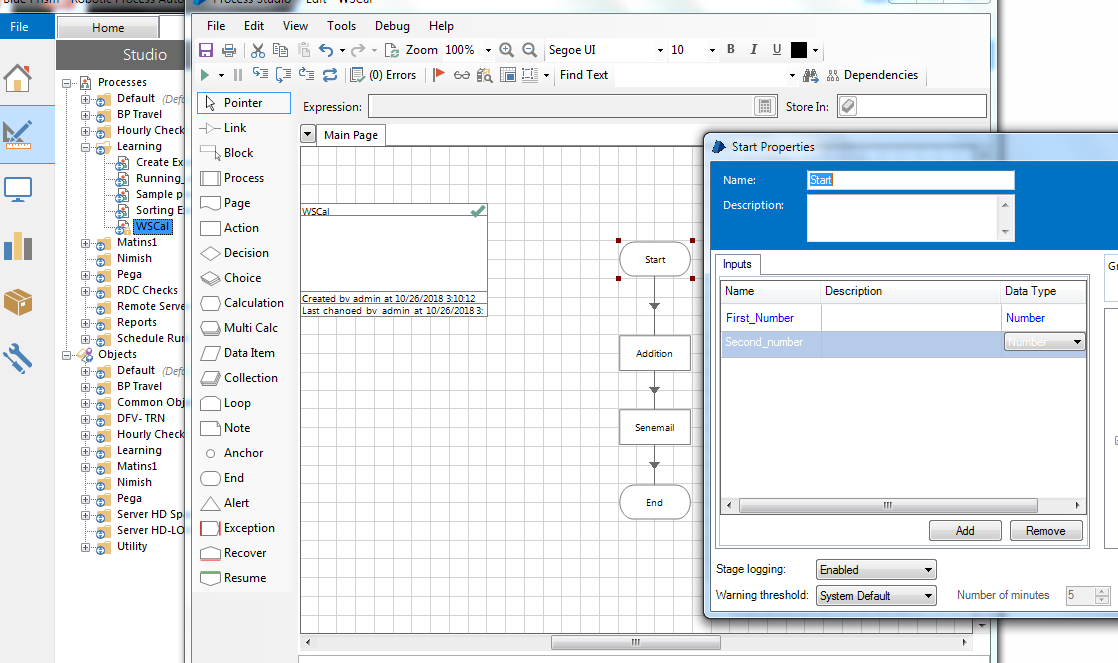
Whereas Automation Anywhere comes with an all-inclusive and automated platform and can be used instantly. UiPath requires third-party integration to deliver similar solutions like Automation Anywhere thus increasing support and installation complexity. BluePrism is a bit similar to UiPath, as BluePrism also offers a drag and drop feature and is based on C# (C sharp) programming language.
#Blue prism architecture software
It is an RPA tool that works on a virtual workforce supported by software robots that can handle automating business processes in a cost-effective and agile approach. It can blend with different platforms and extend functionality as per the user requirements and therefore it offers much efficient performance. It is designed for dealing with complex issues and is meant to be used at the enterprise level. Microsoft Automation Anywhere launched with a community edition in 2019 that allows the user to explore the tools and automate the tasks and also offers the option of enterprise services. It is the RPA tool that offers the users secure, flexible, and scalable features. It is deployed by MNCs like NASA, Airbus, Autodesk, HP, etc. UiPath ranks 1 in North America according to Deloitte’s 2019 Technology Fast 500.

It offers optimized development features and easy automation for experienced users. It comprises nearly 300 in-built automation components and amalgamates automation with business software. UiPath reduces human intervention by automating iterating tasks. This RPA tool comes with the drag and drop feature and is very easy to use.
#Blue prism architecture windows
It is one of the prime tools used on the Windows desktop for automation. They also provide extra security features especially for vulnerable data and financial services. The benefits of using RPA tools include cost reduction, accuracy, increase in speed and consistency, high quality, and improved scalability of production. There are several RPA tools available in the market but UiPath, Blue Prism, and Automation Anywhere dominate the market. The only difference is that the RPA tools allow data handling in and between multiple applications.įor example, receiving an invoice on your mail, extracting its data, and entering it into an accounting program.

Such tools automate interactions with the GUI by often iterating a set of actions performed by the user. RPA tools and GUI testing tools have strong technical similarities. RPA tools help to overcome the barriers of deploying automation in products with the absence of APIs.

Whereas in the traditional workflow automation tools, the software developer is entitled to produce a list of actions to automate using APIs (Application Programming Interfaces) or with the help of scripts. The RPA system develops its action list by observing the user performing a certain task through the graphical user interface (GUI), and then performs the automation by iterating those tasks directly in the graphical user interface. RPA is also sometimes referred to as software robotics. RPA or Robotic Process Automation is an automation technology that makes it easy to utilize, build and manage software robots or AI workers that imitate human actions while interacting with software and digital systems.

The incorporation of technology has not only made working easier but is also providing better products. The modern era is the era of technology, where every sector is adopting automation and artificial intelligence to deliver better services to mankind.


 0 kommentar(er)
0 kommentar(er)
